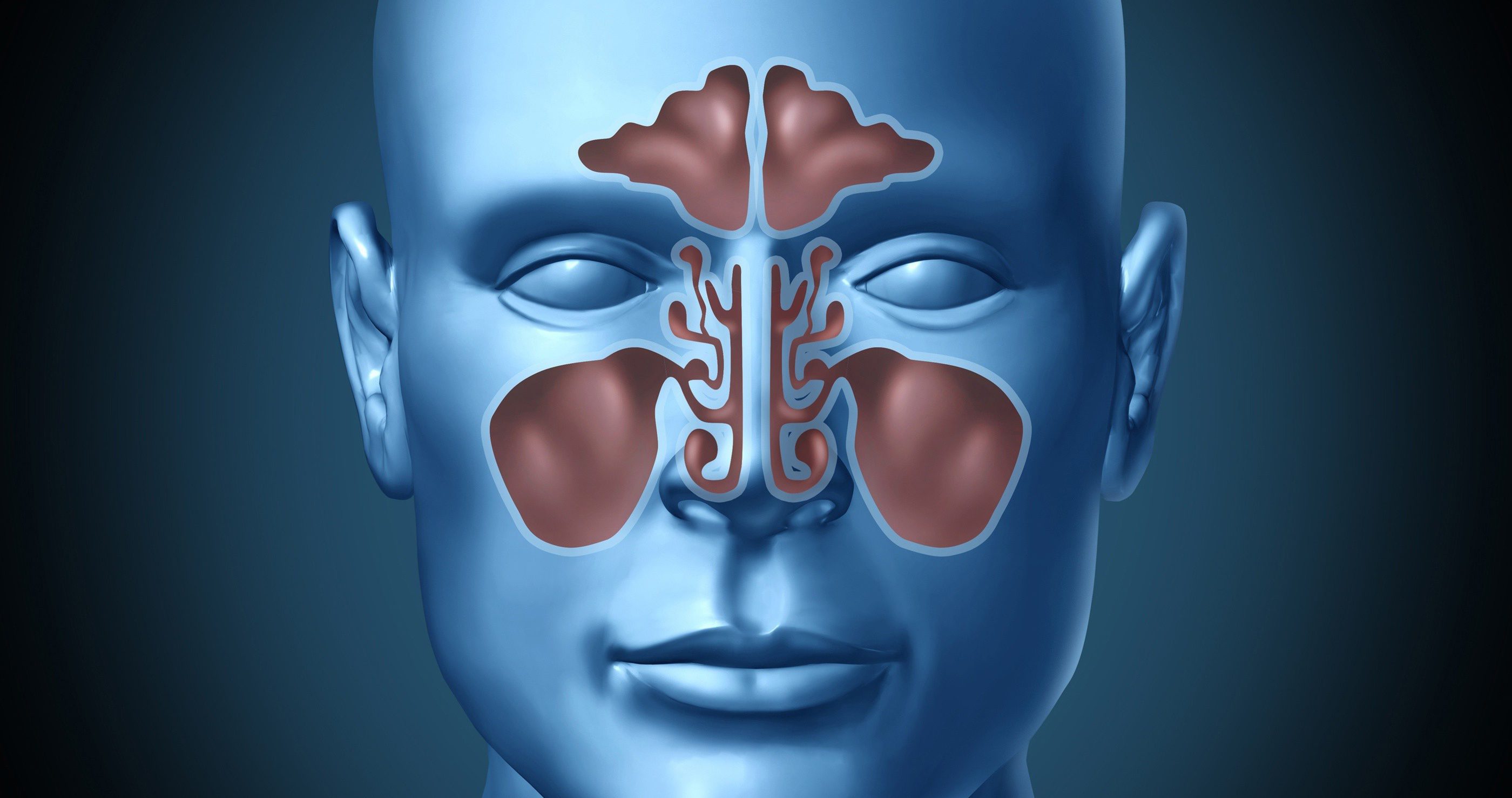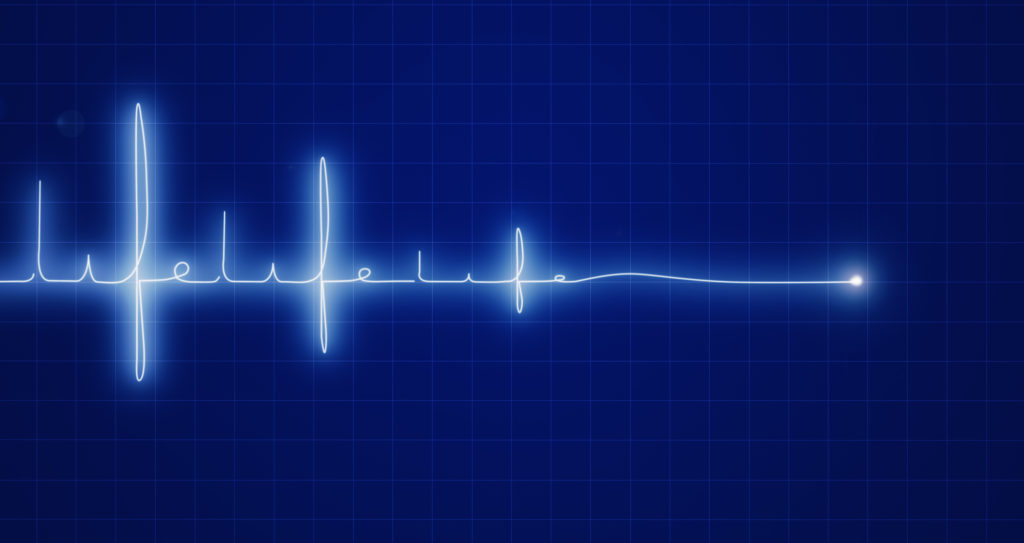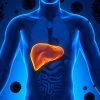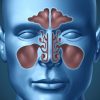
Symptoms
Pulmonary Embolism: 10 Common Symptoms To Watch For
Pulmonary Embolism: 10 Common Symptoms To Watch For
Increased Heart Rate

Tachycardia is a condition where your heart rate increases due to a lack of blood or oxygen in the body. When a blood clot forms and breaks away, the moving embolus can find it’s way to your heart ending in pulmonary embolism. Similarly, a clot which forms inside the heart itself can create a blockage of either outgoing or incoming blood, both of which can be fatal.
Smaller clots cause your heart to beat faster to move more blood and oxygen through your body. This can result in feelings of light-headedness or dizzy spells as your body fights for much-needed oxygen. Larger clots can either block the right side of the heart, stopping blood flow to your lungs or can stop blood from entering the left side of the heart entirely. A heart that can not access blood can go into a kind of shock, leading to circulatory collapse and sudden death.











